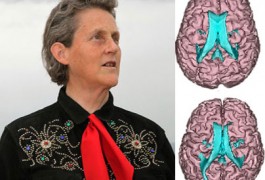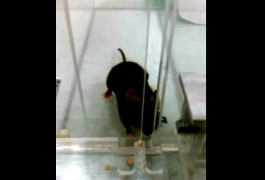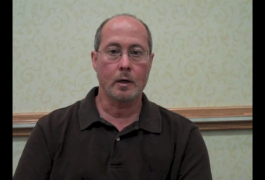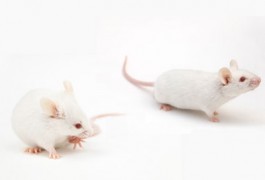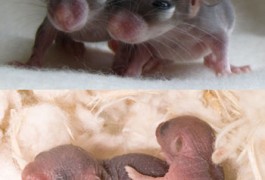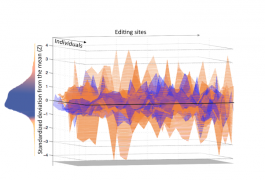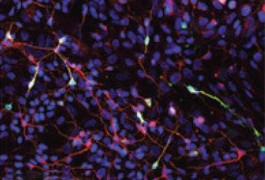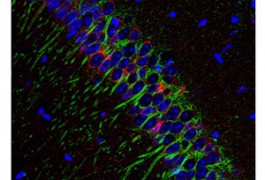Anxiety drug enhances brain connections in autism
A small pilot study suggests that the drug propranolol, typically used to treat hypertension and anxiety, enhances functional connectivity between brain regions and improves verbal fluency, according to research presented Saturday at the 2012 Society for Neuroscience annual meeting in New Orleans.








